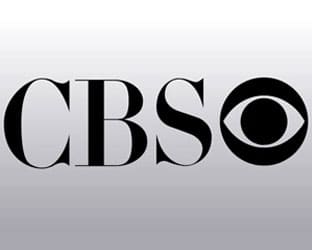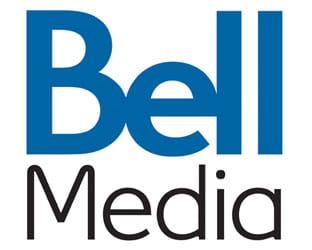Should investors be eyeing the price to earnings ratios for CBS Corporation?
Simply Wall St. took a gander and what they look like, and what that means for those who may believe CBS, which is reuniting with Viacom, is a smart bet.
CBS has a P/E ratio of 5.37, based on the last twelve months. That means that at current prices, buyers pay $5.37 for every $1 in trailing yearly profits, Simply Wall St. notes.
The formula for price to earnings is: Price to Earnings Ratio = Price per Share ÷ Earnings per Share (EPS)
Or for CBS: P/E of 5.37 = $44.08 ÷ $8.21 (Based on the trailing 12 months to June 2019.)
Is A High Price-to-Earnings Ratio Good? A higher P/E ratio means that buyers have to pay a higher price for each $1 the company has earned over the last year. That is not a good or a bad thing per se, but a high P/E does imply buyers are optimistic about the future.
Does CBS Have A Relatively High Or Low P/E For Its Industry? One good way to get a quick read on what market participants expect of a company is to look at its P/E ratio. CBS has a lower P/E than the average (15) P/E for companies in the media industry.
“Its relatively low P/E ratio indicates that CBS shareholders think it will struggle to do as well as other companies in its industry classification,” Simply Wall St. says. “While current expectations are low, the stock could be undervalued if the situation is better than the market assumes. It is arguably worth checking if insiders are buying shares, because that might imply they believe the stock is undervalued.”
Further, it notes that CBS’s 132% EPS improvement over the last year “was like bamboo growth after rain; rapid and impressive.”
The sweetener, Simply Wall St. adds, “is that the annual five year growth rate of 23% is also impressive. [We’d] be surprised if the P/E ratio was not above average.”
The Verdict On CBS’s P/E Ratio
CBS trades on a P/E ratio of 5.4, which is below the U.S. market average of 17.4. “While the EPS growth last year was strong, the significant debt levels reduce the number of options available to management,” Simply Wall St. notes. “The low P/E ratio suggests current market expectations are muted, implying these levels of growth will not continue.”





